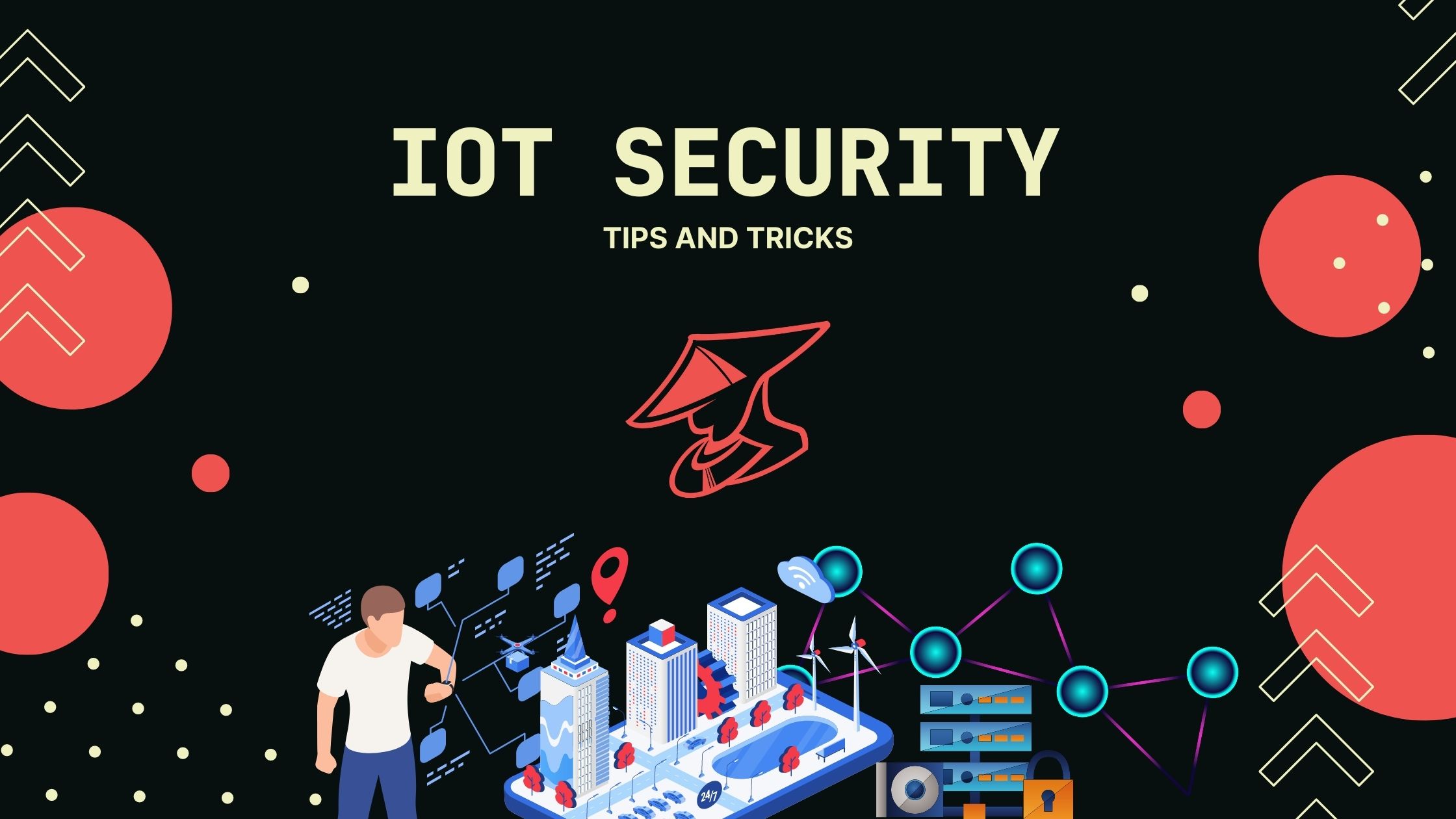IoT Security - Best Practices and Tips
by Ben Brown | 09/29/2023

by Ben Brown | 09/29/2023

IoT devices are becoming more popular and common in our homes and offices. IoT stands for Internet of Things, and it refers to any device that can connect to the internet, such as smart speakers, cameras, thermostats, etc.
IoT devices can make our lives easier and more convenient, but they can also pose security risks if not properly secured.
Hackers can use IoT devices to spy on us, steal our data, or launch attacks on other devices or networks.
But don't worry, we have some best practices and tips to help you secure your IoT devices and enjoy their benefits without compromising your security.
• Change the default passwords and usernames of your IoT devices. Use unique and complex passwords that are hard to guess or crack.
• Update your IoT devices regularly. This will fix any bugs or vulnerabilities that hackers can exploit.
• Disable any unnecessary features or services on your IoT devices. This will reduce the attack surface and improve the performance of your devices.
• Use a firewall or VPN to protect your network. This will prevent unauthorized access or traffic from reaching your IoT devices.
• Segregate your IoT devices from your main network. This will isolate them from other devices or systems that may be compromised or infected.
• Encrypt your data at rest and in transit. This means that even if hackers get access to your data, they won't be able to read it or use it.
• Monitor your IoT devices for any suspicious activity or anomalies. If you notice anything unusual, report it to your IT team or security provider.
By following these best practices and tips, you can secure your IoT devices and prevent hackers from taking over them.
Start scanning your projects for free. You will get a free breakdown of your security status. Start securing your future now.
Get started